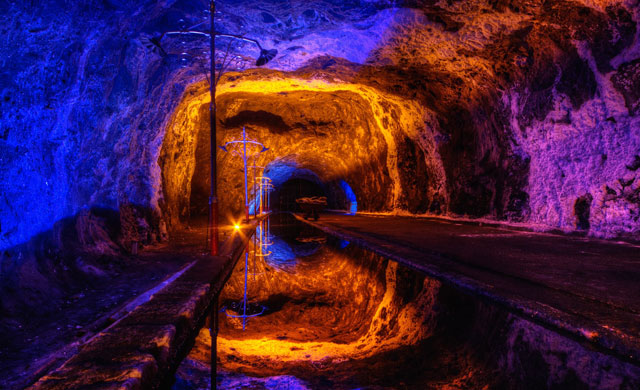Exploration Update – Jangamo Project

Savannah Resources plc (LSE:SAV) has announced that it has completed over 2,000m of the planned 4,000m scout drilling programme at its highly prospective 180km² Jangamo heavy mineral sands project, located in a world-class mineral sands province in southern Mozambique.
Highlights:
· Visual Heavy Mineral Sands (‘HMS’) mineralisation identified in many of the holes of the scout drilling programme to date suggesting the potential to outline a major HMS deposit
· First batch of samples to be dispatched this week with results expected in 4-6 weeks
· Commenced a heliborne magnetic and radiometric survey with results expected towards the end of June 2014
· Positive results from the recent ground magnetic survey shows that it is possible to detect the geophysical signature of the HMS deposits using an airborne platform
· World class province – Jangamo is adjacent to Rio Tinto’s major Mutamba1 mineral sands deposit which, along with another licence area in Mozambique, has an exploration target of 7-12 billion tonnes at 3-4.5% THM
Savannah’s CEO, David Archer said, “The visual HMS mineralisation identified so far in the 4,000m drilling programme is highly encouraging and we look forward to reporting on first assay results expected in the next 4-6 weeks. In addition, the low level airborne magnetic and radiometric survey is now underway, which will provide us with a better understanding of the prospective dune system and potential additional drill targets. The Project is now poised for further positive results as our 2014 exploration programme is rolled out and we work towards defining a maiden JORC compliant resource towards the end of the year.”
Scout Drilling Programme:
The Project is covered by a series of north-east trending Quaternary dunal and fluvial deposits, many of which have confirmed HMS mineralisation. Over 2,000m of the planned 4,000m scout drilling programme has now been completed with drill testing of the eastern dune system complete and with visual HMS mineralisation identified in many of the holes. The drilling rig has moved onto the western dune system to commence drilling. The first batch of samples is due to be dispatched this week with results expected in 4-6 weeks.
The data acquired during the field campaign shows that it is possible to detect the geophysical signature of the HMS deposits using an airborne platform, providing that the correct data density and resolution are selected. Based on these findings it was concluded that the use of a heliborne AMAG / RAD platform for any follow-up geophysical surveys is the preferred option using the contractors NRG (New Resolution Geophysics).
This survey will aid significantly in outlining the extent of the mineralised system and importantly any re-worked strand lines, which are likely to carry higher grade HMS. This survey is now underway with results expected towards the end of June 2014.
Next Steps:
The next steps for the Project are:
· Airborne magnetics and interpretation
· Completion of scout drilling and assaying
· Detailed resource grid drilling and assaying
· Potential delineation of a JORC resource
Savannah is currently on track to deliver all these outcomes during the 2014 exploration programme.

 Hot Features
Hot Features













